Synoposis: Discover how a Pay Per Click Campaign revolutionized a Florida-based cruise booking service, generating massive leads. Learn step-by-step Process through the most effective ways to stand out is through a Pay Per Click Campaign (PPC)
Introduction: Pay Per Click Campaign
In the competitive travel and tourism market, cruise booking companies in Florida face fierce competition for customers’ attention. One of the most effective ways to stand out is through a Pay Per Click Campaign (PPC). This strategy can deliver instant visibility, target high-intent travelers, and drive qualified leads at a fraction of the time compared to traditional marketing. Let’s explore how one Florida-based cruise booking service leveraged a PPC campaign to skyrocket its lead generation.Sy
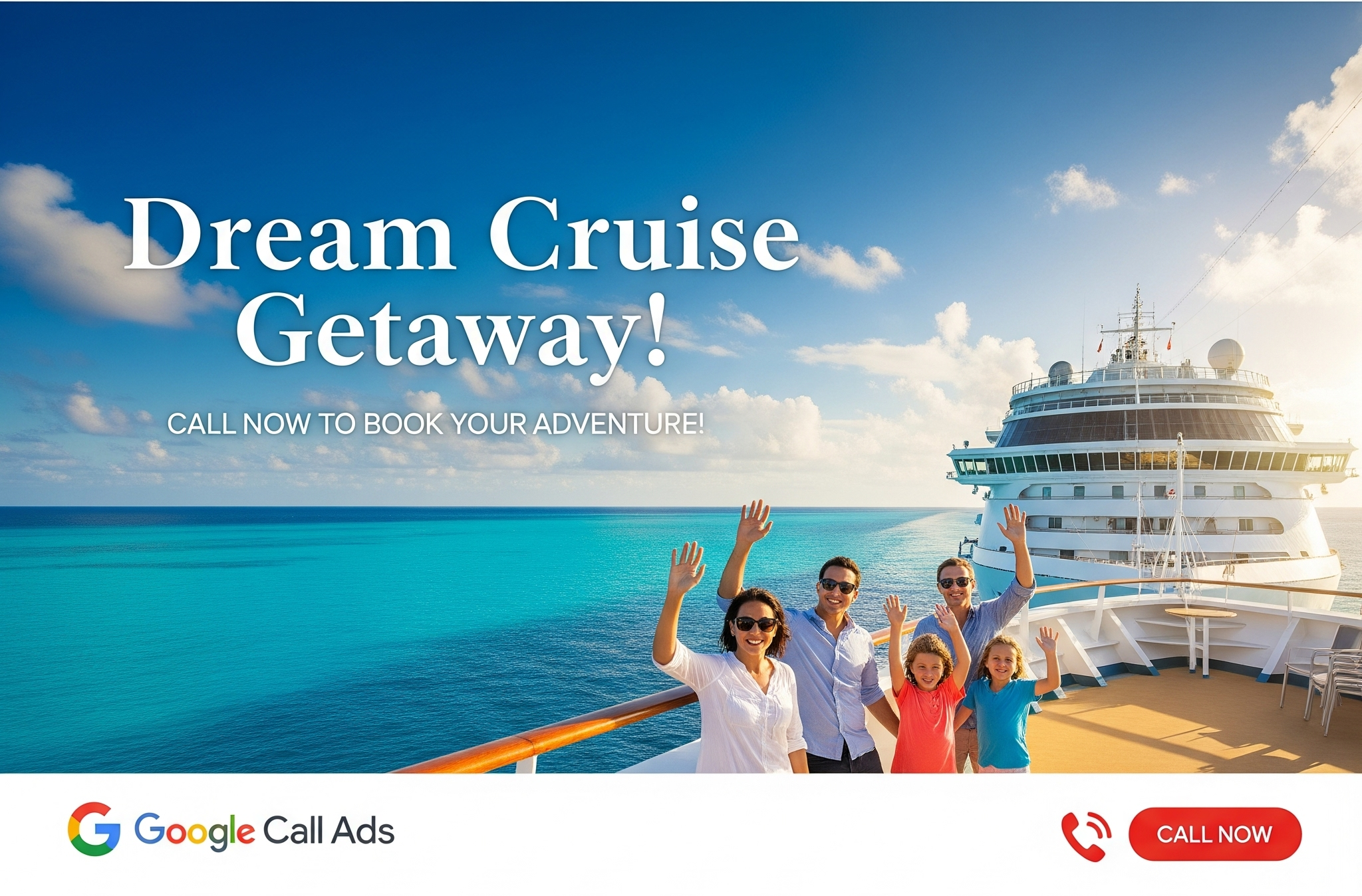
How Pay Per Click Campaigns Work
A Pay Per Click Campaign is a form of online advertising where you pay only when someone clicks on your ad. On platforms like Google Ads, this means your cruise booking service’s ad appears at the top of search results when travelers type in queries like “Florida cruise deals” or “Caribbean cruises from Miami.” This ensures your brand is visible to people actively planning a trip.
Test and Refine: A Detailed Deep Dive into the Pay-Per-Click Campaign
This final step is where the true value of a pay-per-click campaign is realized. A common misconception is that once a campaign is live, the work is done. In reality, a successful PPC campaign is a dynamic system that requires constant analysis and optimization. Think of it less like a set-and-forget marketing tool and more like a high-performance engine that needs continuous tuning to achieve peak efficiency.
The core of this step is A/B testing, also known as split testing. This is a scientific method for comparing two versions of a campaign element to determine which one performs better. For your cruise business, this means making data-driven decisions to increase clicks, lower costs, and ultimately drive more bookings.
Here’s a more detailed breakdown of how to approach this crucial phase, with a specific focus on your pay-per-click campaign.
The Golden 4 Rule of PPC Testing: Pay Per Click Campaign
To get accurate results, you must isolate the change you are testing. If you change the ad headline, description, and call-to-action all at once, you won’t know which specific change led to the improved or worsened performance. This can lead to misleading conclusions and poor decisions. Always focus on testing one element at a time.
What to A/B Test in Your PPC Campaign:
1. Ad Copy Variations (The First Impression) Pay Per Click Campaign
Your ad copy is the first thing a potential customer sees. Small changes can have a massive impact on your Click-Through Rate (CTR) and conversion rate.
- Test different headlines: This is the most critical element.
- Urgency vs. Benefit: Compare a headline like “Book Your Cruise Now!” with “Find Your Perfect Cruise Getaway.”
- Question vs. Statement: Try a question like “Dreaming of a Caribbean Cruise?” against a statement like “Book Your Dream Caribbean Cruise.”
- Price vs. Value: Test a headline with a price (“Cruises from $399”) against one that highlights a benefit (“All-Inclusive Cruise Packages”).
- Test different descriptions: Use the descriptions to expand on the headline’s promise.
- Features vs. Benefits: Do users respond better to descriptions that list features (“On-board dining, entertainment, and pools”) or benefits (“Unforgettable memories and a stress-free vacation”)?
- Incentives: Does including a special offer like “Limited-Time Offer: Free Drink Package” improve performance?
- Test different Calls-to-Action (CTAs):
- “Book Now” vs. “Get a Quote” vs. “View Deals.” The right CTA can push users further down the sales funnel. For a cruise business, “View Deals” might be a softer, lower-commitment option that gets more clicks.
Refinement Process: Pay Per Click Campaign
- In Google Ads, you can create multiple ads within a single ad group. Google will automatically rotate them.
- After a few weeks (or once you have a statistically significant amount of data), analyze the results. Look for the ad with the highest conversion rate, not just the highest CTR. A high CTR with a low conversion rate means your ad is attractive but doesn’t deliver on its promise.
- Pause the losing ad and keep the winner. Then, create a new variation to test against the winner, continuing the cycle of improvement.
2. Keyword Performance and Match Types
Keywords are the foundation of your pay-per-click campaign. Optimizing them is a continuous process. Pay Per Click Campaign
- Analyze the Search Terms Report: This is your most valuable tool. It shows you the actual queries people typed into Google before clicking your ad.
- Add new, high-potential keywords: If you see a term like “family-friendly cruises from Fort Lauderdale” appearing frequently in the report, and it’s converting, add it as an exact match keyword to your campaign.
- Identify negative keywords: Find irrelevant terms that are wasting your ad spend. For a cruise company, this could be “used cruise ships for sale,” “cruise ship jobs,” or “cruising the neighborhood.” Add these to your negative keyword list to prevent your ad from showing up for those searches.
- Test different match types:
- Try a keyword with broad match (e.g.,
Caribbean cruises from Florida) to discover new search terms. - Then, once you find converting queries in the Search Terms report, add them as more precise phrase match (
"Caribbean cruises from Florida") or exact match ([Caribbean cruises from Florida]) keywords to control your spend and improve relevance.
- Try a keyword with broad match (e.g.,
3. Landing Page Optimization : Pay Per Click Campaign
A high-performing ad is useless if the landing page it leads to is not optimized for conversion.
- A/B Test your landing page elements: Pay Per Click Campaign
- Headlines and Subheadings: Ensure the landing page headline matches the ad copy.
- Call-to-Action Buttons: Test different button text, colors, and placement.
- Form Length: Does a short form (Name, Email) convert better than a long one (Name, Email, Phone, Number of Passengers, Departure Date)?
- Trust Signals: Test adding testimonials, security badges, or a money-back guarantee seal.
- How to Refine: Use Google Optimize (or a similar tool) to create different versions of your landing page. Run traffic from your PPC campaign to each version and analyze which one has a higher conversion rate.
4. Bidding and Budget Strategies : Pay Per Click Campaign
Your bidding strategy dictates how your budget is spent. Over time, you can optimize this for efficiency. Pay Per Click Campaign
- Test Automated Bidding Strategies: If you started with “Maximize Conversions,” and your campaign is consistently generating leads at a profitable cost, test a “Target CPA” (Cost-Per-Acquisition) strategy. This gives you more control over the cost of each lead, ensuring you don’t overpay.
- Use Bid Adjustments: Based on the data you’ve gathered, you can tell Google to bid more or less aggressively for specific segments.
- Device: If mobile users convert at a higher rate for emergency bookings, you can set a positive bid adjustment for mobile devices.
- Audience: If you have a remarketing list of people who visited your site but didn’t book, you can set a higher bid to show your ads more frequently to this high-intent audience.
- Location: If one city in Florida has a significantly higher conversion rate, you can increase your bid for searches coming from that specific location.
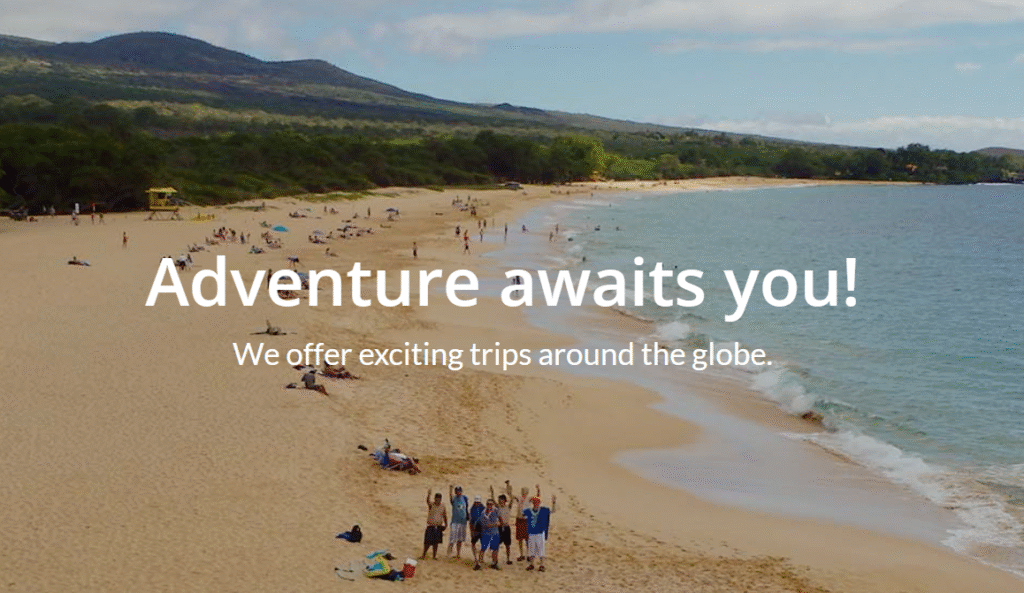
The Continuous Improvement Loop Pay Per Click Campaign
Remember, the goal is not to find a single “perfect” campaign. It’s to embrace the mindset of continuous improvement. Pay Per Click Campaign
- Analyze Data: Regularly check your Google Ads performance reports (daily for smaller campaigns, weekly for larger ones).
- Form a Hypothesis: “I believe that changing the ad copy to focus on ‘last-minute deals’ will increase my CTR.”
- Run the Test: Create an ad variation and let it run for a statistically significant period.
- Evaluate Results: Did the new ad perform better? Was the CTR higher? Did the conversion rate improve?
- Implement and Repeat: If the new ad wins, pause the old one. If it loses, go back to the drawing board.
This ongoing cycle of testing and refining is what separates a good pay-per-click campaign from a truly great one. It ensures that your budget is always allocated to the strategies that deliver the best possible results, giving your cruise business a competitive edge and a predictable stream of profitable bookings.
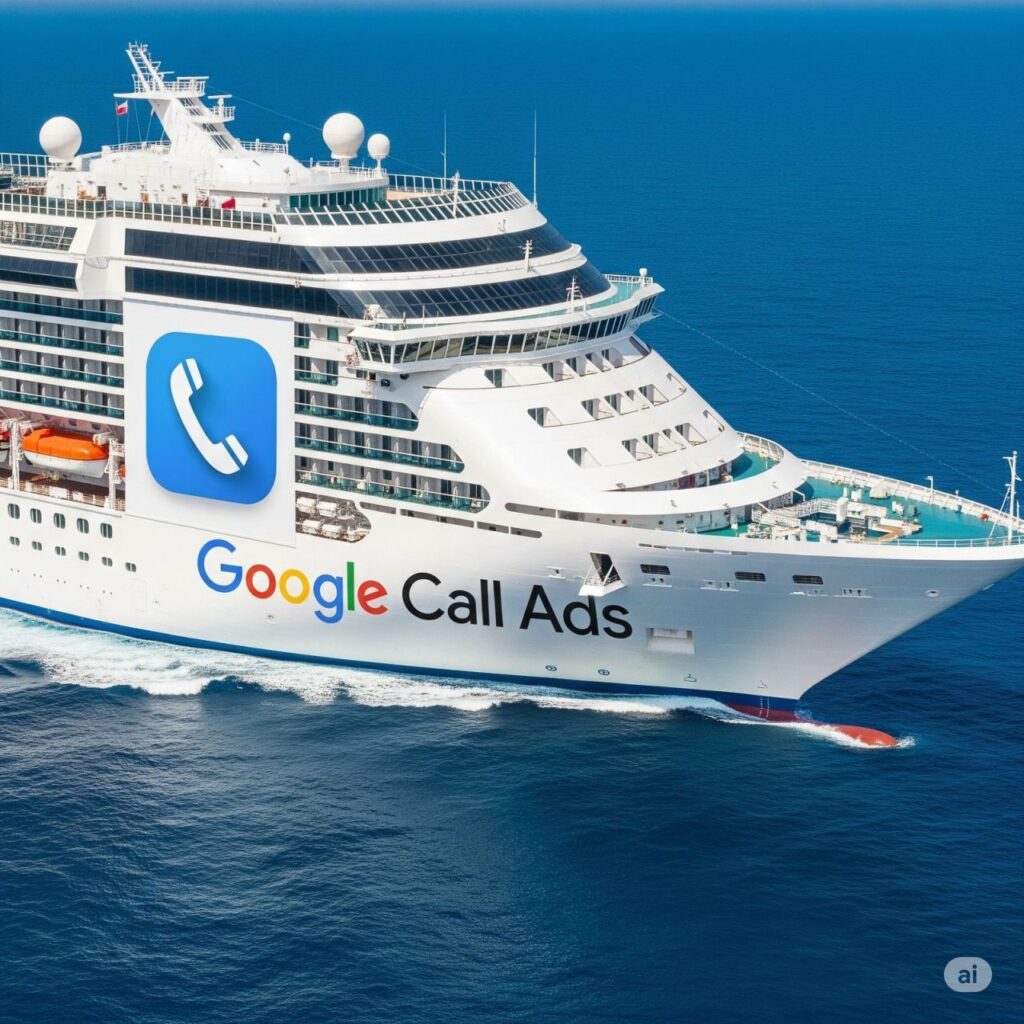
Benefits of a Pay Per Click Campaign for Cruise Booking Services
A well-structured pay-per-click (PPC) campaign on a platform like Google Ads is not just another marketing channel for a cruise booking service; it is a direct line to your most valuable customers. Unlike traditional advertising methods, PPC offers a level of precision, speed, and measurable return that is unparalleled in the digital age.
Let’s break down the key benefits of running a pay-per-click campaign for a cruise booking service in detail. Pay Per Click Campaign
1. Instant Visibility: Pay Per Click Campaign
In the world of online marketing, visibility is everything. For a cruise company, this means being present at the exact moment a potential traveler is actively looking to book a vacation. This is where the “instant visibility” of PPC becomes a game-changer.
- Bypassing the SEO Timeline: Search Engine Optimization (SEO) is a long-term strategy that can take months or even years to build enough authority to rank on the first page of Google. A pay-per-click campaign, on the other hand, allows you to appear at the top of the search results page within hours of a campaign launch. When a user in Miami types “Caribbean cruises from Florida,” your ad can be the very first thing they see.
- Capturing High-Intent Searches: The beauty of PPC is that it targets users who are already at the bottom of the sales funnel. They aren’t just browsing; they are searching with a clear intent to purchase or book. A search for “last-minute cruise deals” is a strong indicator of a traveler who is ready to buy. PPC campaigns place your offer directly in front of this high-intent audience, leading to a much higher conversion rate compared to more passive marketing efforts.
- Dominating the Digital Real Estate: The top of the Google search results page is prime real estate. Google Ads typically occupy the first four spots, often with a bold headline and a clear call-to-action. By running a PPC campaign, you can dominate this space, pushing organic search results and competitors further down the page, thereby capturing the majority of user attention.
2. Geo-Targeting: Pay Per Click Campaign
Cruising is an inherently location-based business. A traveler in California is highly unlikely to book a cruise departing from Miami. This is why wasted ad spend on irrelevant geographic locations is a major pitfall. PPC campaigns solve this problem with hyper-precise geo-targeting.
- Pinpoint Your Target Audience: Google Ads allows you to set up your campaign to show ads only to users in specific geographic areas. For a Florida-based cruise booking service, you can target specific cities like Miami, Orlando, and Fort Lauderdale, or even broaden the scope to include the entire state of Florida and other states with easy access, like Georgia or Alabama.
- Eliminate Wasted Spend: By focusing your ad delivery on your target geographic markets, you ensure that every dollar you spend is on a potential customer who is physically in a position to book a cruise with you. This prevents you from paying for clicks from users in a different country or on the other side of the United States, dramatically increasing your campaign’s efficiency and ROI.
- Hyper-Local Campaigns: You can even take geo-targeting to a more granular level by targeting specific zip codes or even a radius around your physical office or port of departure. This is particularly useful for a cruise line’s local agents or for promoting special local deals.
3. Budget Control: Pay Only for Clicks, Not Impressions
One of the most appealing aspects of a pay-per-click campaign is the high degree of control you have over your advertising budget. The model is simple: you only pay when a user clicks on your ad. Pay Per Click Campaign
- Avoid Paying for Views: Unlike traditional media (TV, radio, print) where you pay for a block of time or space regardless of how many people actually engage with your ad, PPC operates on an engagement-based model. Your ad might be shown to thousands of users (impressions), but you are only charged when someone is interested enough to click through to your website.
- Set a Hard Budget: You can set a daily or monthly budget that Google will not exceed. This prevents any surprises and allows you to manage your marketing spend with confidence. For a cruise booking service, this means you can set a budget that aligns with your projected sales goals and seasonality.
- Scalability: A pay-per-click campaign is highly scalable. If a campaign is performing well and generating a positive return, you can easily increase the budget to get more clicks and leads. Conversely, if a campaign is underperforming, you can pause it or lower the budget to minimize losses, something that is impossible to do with a long-term print or billboard campaign.
4. Data-Driven Optimization: Quickly See What’s Working and Double Down
The ability to measure every aspect of a PPC campaign is arguably its most significant advantage. Every click, impression, keyword, and conversion is tracked and reported. This wealth of data provides actionable insights that allow you to continuously improve your campaign performance. Pay Per Click Campaign
- Real-Time Performance Metrics: Within your Google Ads dashboard, you can see in real-time which keywords are driving the most clicks, which ads are getting the highest conversion rates, and how much you are paying per lead or booking. For a cruise company, this allows you to immediately see that “last-minute cruise deals to the Caribbean” is a more profitable keyword than “cheap cruises from Miami.”
- A/B Testing and Refinement: As detailed in the previous step, the data allows for rapid A/B testing. You can quickly create different ad headlines, descriptions, or landing pages and see which versions generate more bookings. This allows you to constantly refine your messaging and targeting to improve your campaign’s efficiency.
- Informed Business Decisions: The data from your PPC campaigns can provide insights that go beyond marketing. By analyzing the search terms users are entering, you can discover new cruise destinations people are interested in, identify new booking trends, and even find new services or packages to offer. This data-driven approach allows you to make more informed business decisions and stay ahead of the competition.
In conclusion, for a cruise booking service, a pay-per-click campaign is a powerful, precise, and highly measurable way to drive qualified traffic and generate bookings. Its ability to provide instant visibility, surgical geo-targeting, full budget control, and a constant stream of performance data makes it an essential component of any modern marketing strategy
FAQs: Pay Per Click Campaign
Q1: What is a Pay Per Click Campaign?
A PPC campaign is a digital advertising strategy where businesses pay only when someone clicks on their ad.
Q2: Why should a Florida cruise booking service use PPC?
Because it targets travelers actively searching for cruise deals, leading to higher-quality leads and faster bookings.
Q3: How much should I budget for Pay Per Click Campaign ads?
Budgets vary, but starting with $30–$50/day is common for local services. You can scale up once you see profitable results.
Q4: Can I run PPC ads on platforms other than Google?
Yes. Bing Ads, Facebook Ads, and Instagram Ads also offer PPC options, but Google Ads has the largest search reach.
Q5: How quickly will I see results?
Most campaigns start generating clicks immediately and leads within a few days, especially if the ad copy and landing pages are optimized.
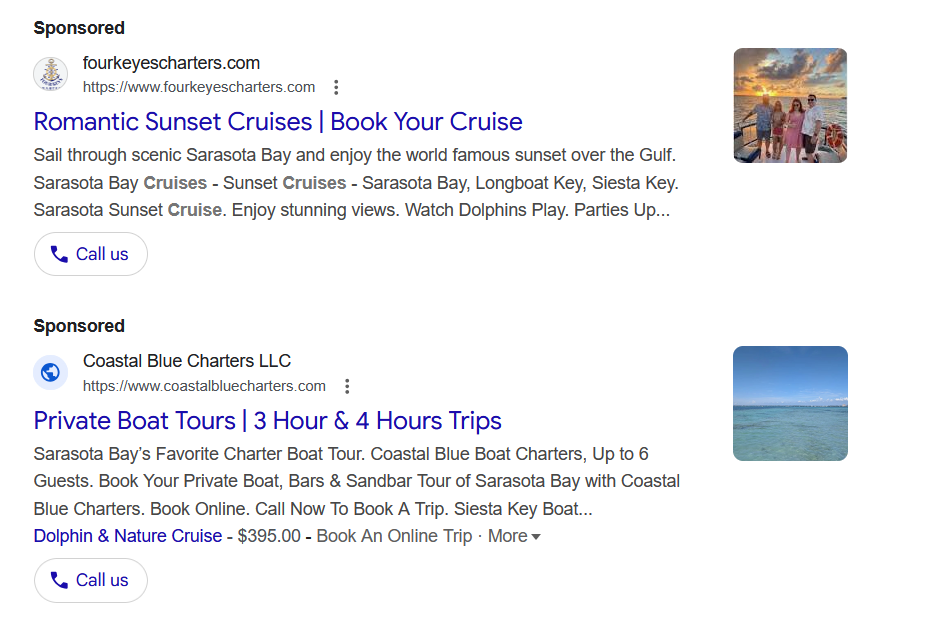
Case Study Pay Per Click Campaign : Florida Cruise Booking Service
By using a well-structured pay per click campaign, this Florida-based cruise booking agency:
- Increased leads by 220% in three months
- Reduced cost-per-lead by 35% compared to traditional ads
- Captured peak-season travelers searching for “last-minute cruise deals Florida”
The success came from strategic keyword selection, compelling ad copy, and optimized landing pages.
READ ALSO :
Ultimate Step-by-Step Guide to Google Ads for Business : Auto Detailing
Conclusion: Pay Per Click Campaign
A well-executed Pay Per Click Campaign can revolutionize how Florida-based cruise booking services attract customers. By targeting high-intent travelers and using Google Ads’ robust tools, businesses can generate a steady stream of leads and outperform competitors. Follow the step-by-step guide above to launch your own PPC campaign and start filling your cruise itineraries today.





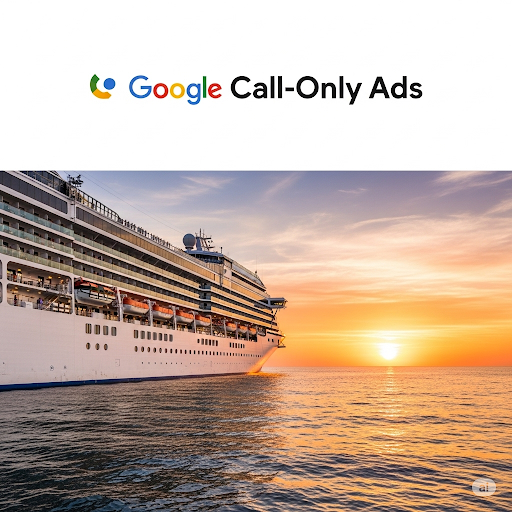



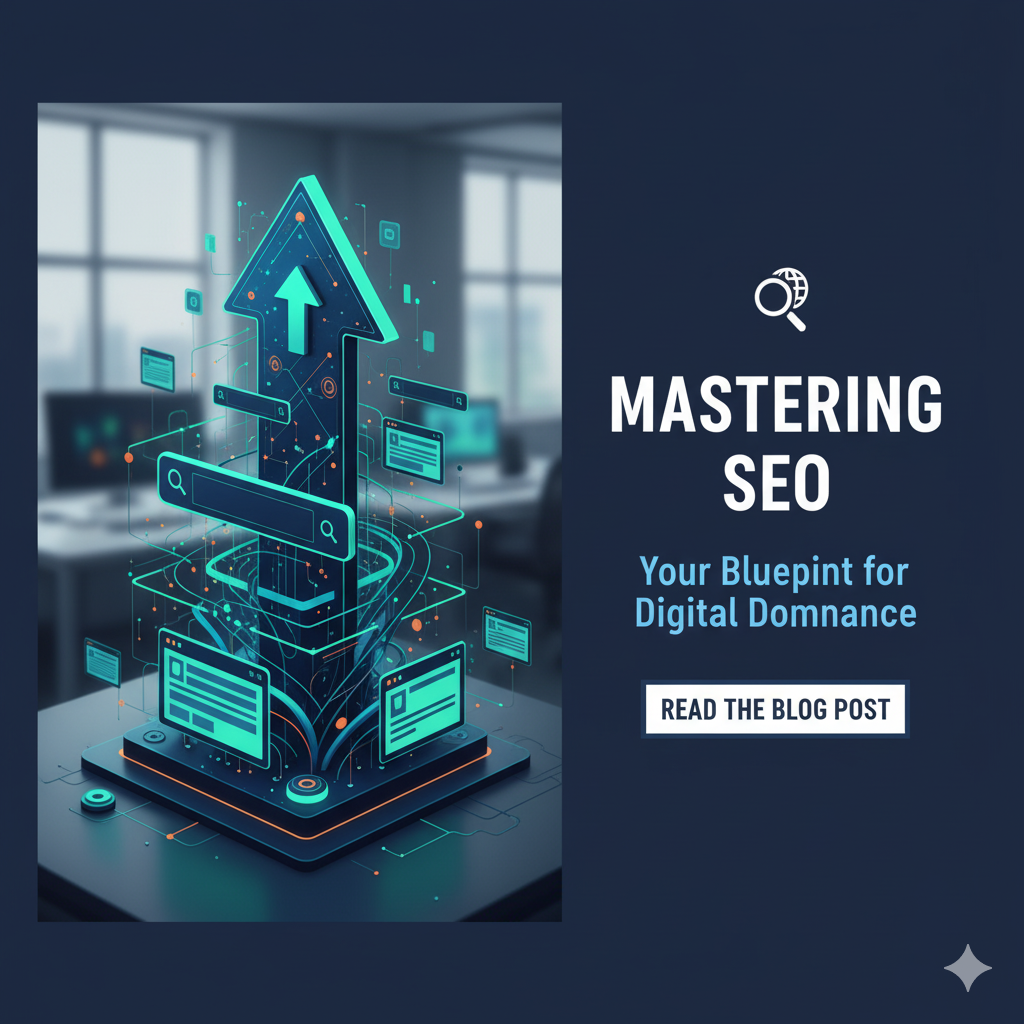

Leave a Reply